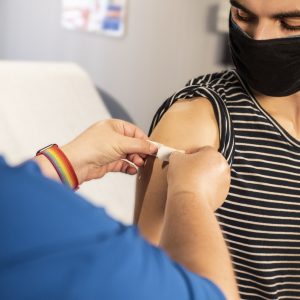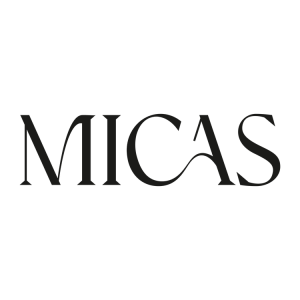How to Treat Nail Fungal Infection
Your doctor may prescribe an oral anti-fungal drug. Studies show the most effective durgs are terbinafine (Lamisil) and itraconazole (Sporanox). Treatment with oral antibiotic medications effectively combats fungal infections about 75% of the time. Treatment success rates with these drugs appear to be lower in adults over age 65. And treatment success seems to improve when you combine oral and topical anti-fungal therapies.
However the drugs must be taken for a long period in order to be effective. These drugs help a new nail grow free of infection, slowly replacing the infected part. You typically take this type of drug for 6 to 12 weeks. But you won’t see the end result of treatment until the nail grows back completely. It may take 4 months or longer to eliminate an infection.
And during the treatment, the oral anti-fungal drugs may cause side effects ranging from skin rash to liver damage. Severe liver reactions have been observed with these drugs. As a result, patients who are taking these drugs are asked to have routine blood tests to make sure their liver is not damaged. Doctors may not recommend these drugs for people with liver disease or congestive heart failure or those taking certain medications. Other potential side effects include headache, dizziness, drowsiness, nausea, dyspepsia, stomach pain, diarrhea, constipation, reversible loss of taste, hepatitis, neutropenia and pancytopenia.
Most people start their treatment with the use of topical medications or home remedies. Patients have tried topical Lamisil, Lotrimin, Micatin, Vicks Vapor-Rub, tea tree oil, white vinegar, rubbing alcohol and bleach. All of these need to be used twice a day for up to one year to see results. The probable effectiveness rate of this treatment method is less than 20%.
Nail fungal infection, is a common nail pathology which is a treatment challenge to healthcare professionals. Anti-fungal drugs have been the mainstay of therapy for many years. Recently, laser technologies have been introduced as a new treatment method for nail fungal infection to avoid the disadvantages of oral and topical drug therapies and offer a rapid treatment for an often persistent unhealthy conditions of nails.
Laser treatment is completely drug free, meaning it does not impose all the health risks associated with the oral anti-fungal medications. There are no adverse reactions, injuries, or known side effects from use of lasers to treat a fingernail or toenail fungal infection. In one word, laser treatment is a green & pure physiotherapy way.
We will notice result as short as the 4th week of use. To achieve significant improvement and removal and prevent future fungal infections, it takes about 3 months for treatment. Laser treatment is more cost-effective & time-effective than medicine treatment.
One of the most popular laser treatment devices for nail fungal infection looks like a clip with both low level laser and blue light, and takes only 7 minutes each time. To get more information about this device, please check from the following website link.










